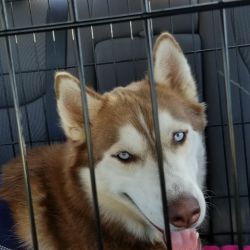Origins and Temperament
With roots tracing back to ancient Egypt, Greece, and Rome, the Italian Greyhound is a true embodiment of elegance and grace. Bred for nobility and often depicted in Renaissance paintings, these slender canines are affectionate, intelligent, and thrive on companionship. Their sensitive nature means they are particularly receptive to their environment, which makes careful planning for transport essential to accommodate their penchant for warmth and comfort.
Size and Physical Needs
Italian Greyhounds typically weigh between 7 to 14 pounds and stand about 13 to 15 inches tall at the shoulder. While they enjoy bursts of high-speed playtime, their delicate frame requires a safe space to lounge and nest during travel. Special care must be taken to cushion their ride, as they are prone to chilling and need a warm, draft-free environment.
Common Health Considerations
Italian Greyhounds are generally healthy, but as with any breed, they're susceptible to certain conditions like dental issues, bone fractures, and patellar luxation. Ensure all health documents, particularly proof of vaccinations and a recent vet check, are in order to facilitate a smooth travel experience. Pre-travel preparation should include a discussion with your vet about potential stress-related responses and how to mitigate them.
















